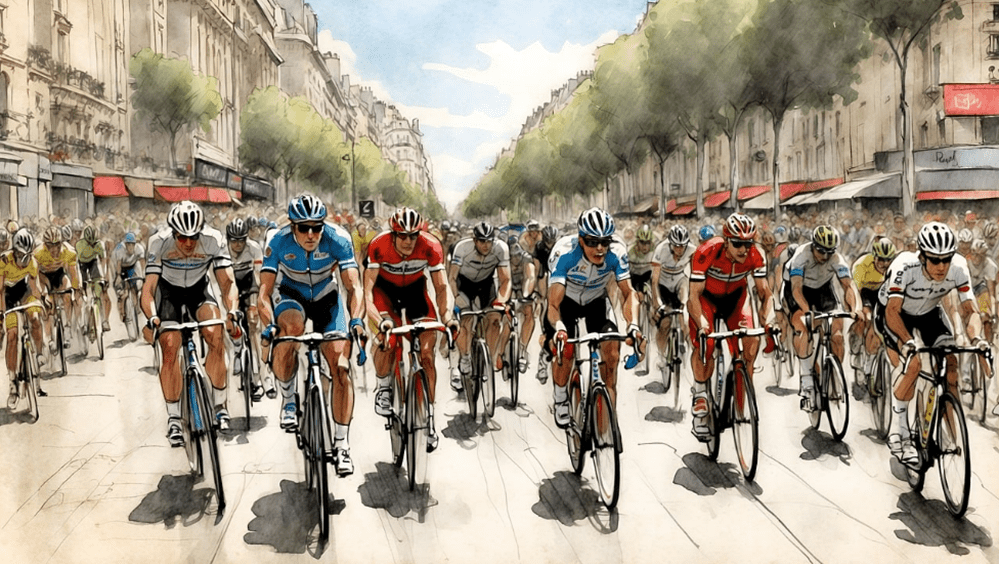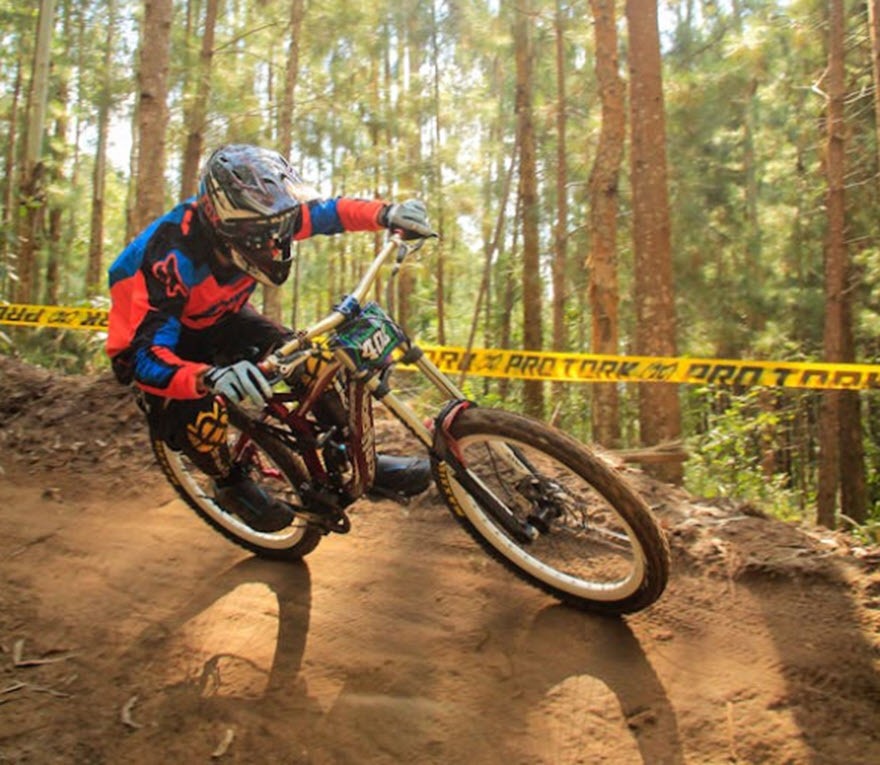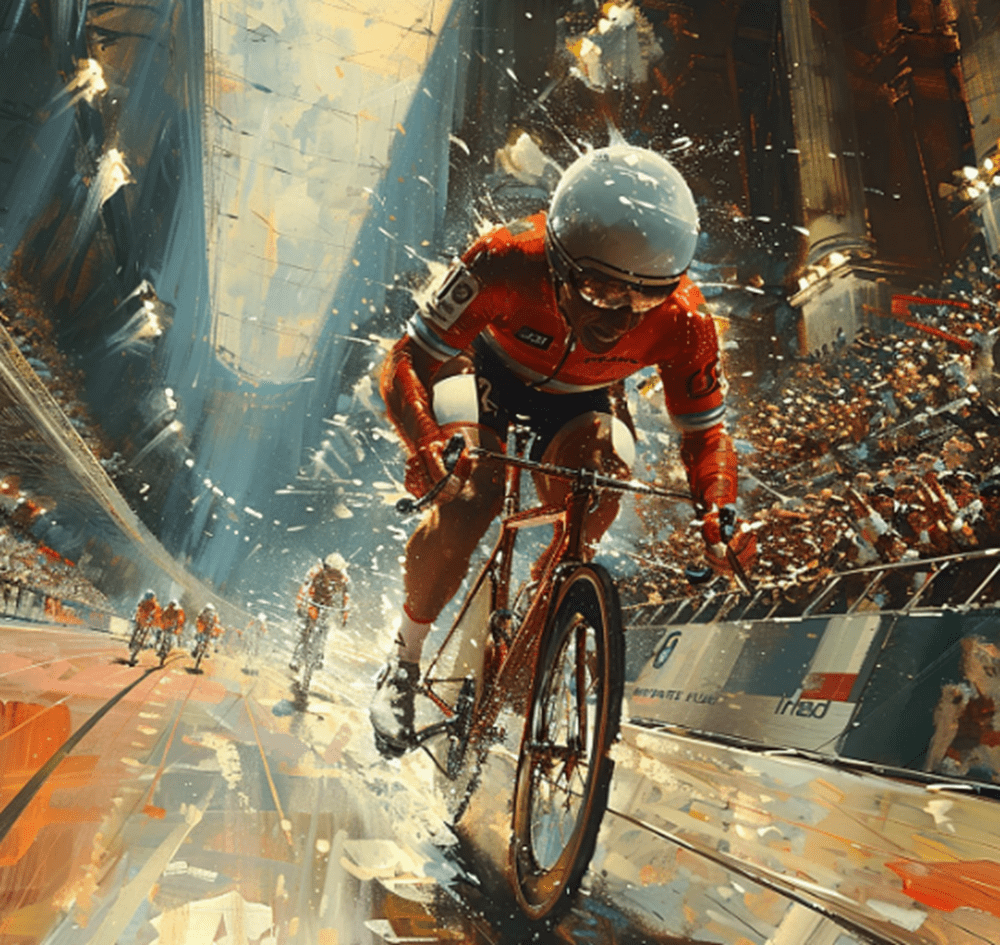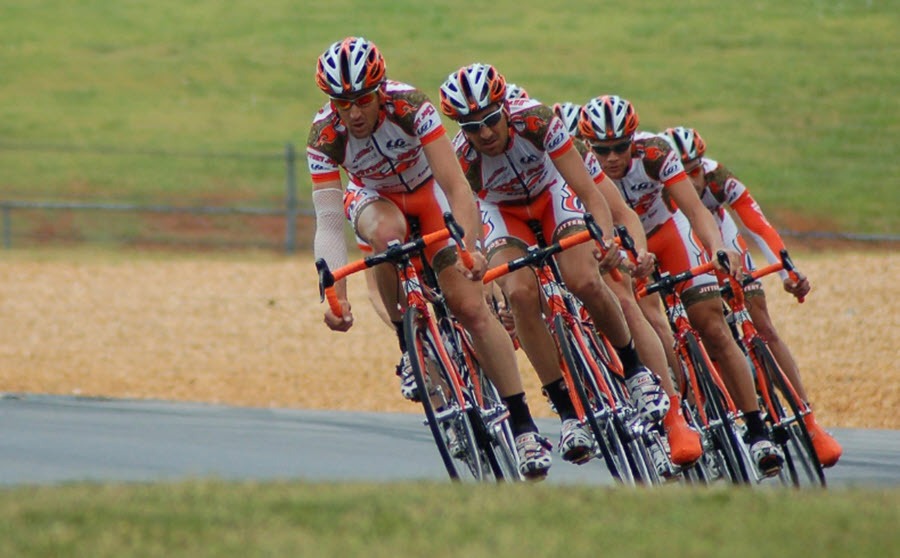AI IN SPORTS: CYCING

The world of professional cycling has always been on the cutting edge of athletic performance. However, recent advances in technology, especially the integration of artificial intelligence or AI, are changing the game entirely. No longer is success solely determined by grit and raw talent. Now, data-driven insights are becoming essential for riders looking to gain a competitive advantage. This article explores how, specifically within elite cycling, AI in sports is revolutionizing training, nutrition, race strategy, and the pursuit of marginal gains.
The AI Revolution in Cycling Training
The old way of training is being replaced by a more precise, individualized approach thanks to AI. Gone are the days of a one-size-fits-all strategy. Today, teams are using sophisticated systems to create programs that are tailored to each rider’s specific needs and physiology.

Personalized Training Programs Through AI Data Analysis
AI algorithms analyze massive datasets comprising of a rider’s power output, heart rate, heart rate variability, sleep patterns, and even environmental conditions. This allows coaches to understand the unique demands placed on each individual.
AI can identify patterns that may be imperceptible to the human eye. For example, it can detect when a rider is approaching overtraining or is on the verge of a performance breakthrough. These insights enable coaches to fine-tune training plans in real-time, ensuring that athletes are always in peak condition.
One example of this is the use of AI-powered dashboards, that give daily overviews of every rider, that are truly personalized. These dashboards can track fatigue and stress, giving both the rider and the coach the ability to make informed decisions about training volume and intensity.
The precision offered by AI in sports is helping to make training more efficient. It eliminates the guesswork that used to dominate training protocols. Instead, coaches and athletes have an individualized and adaptable system that is specific to them.
AI-Driven Nutrition for Peak Cycling Performance
Just as AI is transforming training methods, it’s also changing how athletes approach nutrition. The process of providing optimal fuel for these elite athletes has now been refined by technology.
Predictive Modeling for Optimized Fueling.
Advanced AI in sports algorithms analyze training data to predict energy output, carbohydrate utilization, and sports nutrition requirements based on athlete performance metrics, physiological markers, and environmental conditions. This sports performance analytics approach ensures optimal athletic optimization through precise fueling strategies, whether athletes are conducting high-altitude training sessions or competing in professional races.
Predictive models, built with the help of machine learning, can be used to create specific nutrition plans that take into account weather conditions that may influence a race. This allows athletes to optimize their performance, even in the face of fluctuating weather.
The use of AI in nutrition can also help with daily planning, and can take the guesswork out of what a rider needs at different training and competition points. Some systems even use a traffic-light system to inform a rider if they are under-fueled, over-fueled, or spot on, allowing them to adjust their macronutrient intake.
AI-driven nutrition is essential in a weight-based sport like cycling, where even a minor misstep in fuel intake can impact performance.
The Role of AI in Race Strategy and Tactics
Beyond training and nutrition, AI is transforming how teams approach race strategy and tactics, helping teams develop more effective game plans and make quick decisions based on real-time analysis.
Simulations and Alternate Realities for Tactical Advantage
•
AI systems can run simulations of races, generating alternate realities that allow teams to explore various race scenarios. These systems can be used to analyze key stories within a race such as an individual riders performance and how that unfolded, giving a team tactical insights before they even get to a rac.
By using 3D simulations, teams can visualize how a race might play out. This allows them to devise strategies that are more effective and can take advantage of any potential opportunities that may arise.
Sports data analytics powered by AI can process massive amounts of athlete performance metrics collected during training and races to identify patterns that human observation might miss. For example, predictive AI in sports can optimize team selection and determine precise hydration requirements for athletes. This provides teams with a competitive advantage by enabling data-driven race strategies and real-time decision-making through advanced sports technology solutions.
AI and the Search for Marginal Gains in Cycling
In elite cycling, where the difference between victory and defeat can be fractions of a second, the pursuit of marginal gains is crucial. AI is becoming a vital tool for identifying the smallest adjustments that can yield a significant impact.
Data-Driven Insights for Competitive Edge
AI algorithms are used to comb through vast amounts of training, performance data, and other variables to see which factors give the biggest performance boost. These insights might lead to new training protocols, race selections or nutritional interventions that can improve overall performance.
AI can identify unique patterns in training, racing, and nutrition that might not have been considered in the past. This could be a subtle change in technique, a minor adjustment to equipment, or a specific nutritional strategy.
The pursuit of marginal gains in cycling is a highly individualized process. AI can help identify insights that are specific to an individual rider, helping the athlete unlock their full potential. It can also help to determine how much gas is left in the tank based on past performance.
Emerging Applications and Potential Impacts
AI can also improve talent identification, making it possible to compare the performances of athletes in different locations and circumstances. This could help teams find the next generation of cycling talent.
The use of AI in the design and testing of equipment could lead to advancements in materials and aerodynamics. This can help to ensure that athletes are using the most advanced and efficient equipment that enhances their performance.
Furthermore, AI in sports can be used to detect safety issues along race routes. This can help to prevent accidents and create a safer environment for both athletes and spectators.
It is important to remember that AI is not a replacement for human expertise. Rather, it is a powerful tool that when used effectively, can help coaches and athletes push the boundaries of what is possible.
The integration of AI in sports, particularly in elite cycling, is still in its early stages, but the potential benefits are clear. As teams continue to explore the capabilities of sports technology and leverage machine learning in athletics, we can expect to see even more transformative applications that will continue to push the boundaries of athletic performance. The future of cycling, it seems, will be powered by advanced sports analytics and AI systems that will bring even more marginal gains through performance data analysis, and push riders to even faster times.
We earn from qualified Amazon purchases with NO cost to you. ANY item that you need or were going to purchased anyway through any of our links, helps support this site. Thank you for your support!
If you enjoyed learning about this week’s featured bicycle, don’t miss out on more classic bike goodness! Visit our website at classicjapanesebicycles.com for an extensive collection of timeless Japanese bikes and their unique stories. Plus, check out our YouTube channel, Bicycle Restoration Man, for detailed restoration videos and showcases of our finished projects. Subscribe and join our community of bike enthusiasts!









